论文总字数:37172字
摘 要
随着移动数据业务的日益增长,业界对于无线通信系统的速率要求也越来越高。随着 LTE 宽带移动通信技术的快速发展,LTE技术目前正处于关键时期。相对于原先的3G技术,LTE进行了大刀阔斧的改革。在经过3年多全力以赴的LTE技术研发后,其以高速率低时延等优点,受到了世界各主流通信设备商和运营商的广泛关注。之后,为保证未来通信的更高需求和LTE及其后续技术的长久生命力,业界又开始了对LTE的平滑演进——LTE-A( LTE-Advanced)的研究,作为4G的首选技术。
本文采用基于异构网络中的动态负载均衡法则的基本原理(Common radio resource management,CRRM),主要通过两个指标来对原有负载均衡技术进行优化——一是最大化全局系统中基站负载的有效使用率,即动态地计算整个系统中负载情况,从而计算出最好的策略来对新接入以及已接入用户的MS(Mobile Station)以及接入点BS(Base Station)之间进行重新的安排和接入;二是要求MS和BS之间的重分配过程中MS的切换次数最少,原因是令负载重新分配以达到最佳负载情况的策略往往得出多种不同的重分配方法,此时选择切换次数最少(minimum number of handovers)的方法,可以尽可能地减少花费在重分配过程中资源。
具体的负载均衡算法是根据NW-Centric算法(Net Work-Centric approach)进行改进而得到的。该算法在总结已有的算法基础上,能从全局的角度进行“思考”,动态地调整整个系统中MS与BS的接入情况,从而达到最佳负载情况。本文最后通过电脑软件对传统的NW-Assisted算法(Net Work-Assisted approach)、NW-Centric算法和改进后的算法进行结果比较,该结果清晰地显示了通过该算法优化,使得整个系统的拒绝率(Request Rejected Rate)明显减小,并实现了最优方案的选择。从而证明了基于 NW-Centric算法的负载均衡算法的调整之后,能够实现系统负载均衡方案最优化,并且具有很高的实用性和效率。
关键词:负载均衡 全局优化 减小拒绝率
Research of Load Balancing Technology for LTE-A System
04011644 Chen Pengfei
Supervised by Pan Zhiwen
Abstract
With the growth of mobile data service, people are caring more about the data rate of wireless communication systems. As the fast development of LTE broadband mobile communication technology, LTE technology is now at a critical period. Compared with previous 3G technology, LTE carried out a bold reform. After three years’development, LTE technology’s high speed and low latency, etc., has been widespread concerned by every major communications equipment manufacturers and operators in the world .After that, in order to satisfied the higher demand for communications technology and LTE in the future, the industry began a smooth evolution to LTE --LTE-A (LTE-Advanced) technologies, as the preferred technology of 4G.
In this paper,the author based on the basic principle of a heterogeneous network dynamic load balancing technology(Common radio resource management, CRRM), mainly through two indicators to optimize the original load balancing technology. The first one is to maximize the overall system load effective utilization, dynamically calculate the load information for the entire system, to access the best strategy . The second one is to minimum the switch frequency reallocation process between the MS and BS, the reason is that to make the load balancing for optimal load distribution policy often come in many different reallocation method, then select the minimum number of switches (minimum number of handovers) method that can minimize the cost of resources in the reallocation process.
The specific load balancing algorithm is based on the improvements of NW-Centric algorithm (Net Work-Centric approach). The algorithm is based on the existing algorithm, from a global point of view, "think", dynamically adjust the overall system load so as to achieve the best load situation. Finally, through computer software to simulate the traditional NW-Assisted algorithm (Net Work-Assisted approach), NW-Centric algorithm and improved algorithm, the results clearly show that the optimizing algorithm can obviously reduce the rejection rate (Request Rejected Rate) of the whole system , and implements choose the best solution.
Keywords: Load Balancing, Global Optimization, Reduce the rejection rate
目录
第一章 绪论 ...................................................................................................................................... 8
1.1 研究背景及意义 ........................................................................................................................ 8
1.2 研究现状和文献综述 ............................................................................................................... 9
1.3 本文研究内容 ........................................................................................................................... 11
1.4 论文结构 .................................................................................................................................... 11
- NW-Assisted算法和NW-Centric算法........................................................................... 13
2.1 负载均衡的定义 ...................................................................................................................... 13
2.2 负载均衡技术概述 ................................................................................................................. 13
2.3 负载均衡技术的基本知识 .................................................................................................... 14
2.4 NW-Assisted算法和NW-Centric算法 .............................................................................. 15
2.4.1 NW-Assisted算法思想 ........................................................................................................ 15
2.4.2 NW-Assisted的算法流程图 ............................................................................................... 16
2.4.3 NW-Centric算法思想 .......................................................................................................... 17
2.4.4 NW-Centric算法流程图 ................................................................................................... 18
第三章 基于NW-Centric算法的改进负载均衡算法 ........................................................... 19
3.1 NW-Centric的优化算法 ...................................................................................................... 19
3.1.1 优化算法的基本原理 .......................................................................................................... 19
3.1.2 优化算法的步骤 ................................................................................................................... 19
3.1.3 优化算法的算法流程图 ..................................................................................................... 20
3.2 NW-Centric算法与优化算法的比较 ................................................................................ 21
第四章 系统仿真平台的建立 .................................................................................................... 23
4.1 仿真平台简介 ........................................................................................................................... 23
4.2 系统模型 .................................................................................................................................... 23
4.2.1 通信场景介绍 ....................................................................................................................... 23
4.2.2 优化目标................................................................................................................................... 24
4.3 LTE-A仿真建模方法............................................................................................................... 24
- 仿真结果与分析 .............................................................................................................. 27
5.1 算法验证阶段 ........................................................................................................................... 27
5.1.1 模型搭建基础知识 ......................................................................................................................... 27
5.1.2 NW-Assisted算法验证 .................................................................................................................. 28
5.1.3 NW-Centric算法验证 .................................................................................................................... 30
5.1.4 基于NW-Centric算法的优化算法验证 ................................................................................ 32
5.2 仿真场景 .................................................................................................................................... 33
5.3 仿真结果 .................................................................................................................................... 35
5.3.1 不同负载均衡算法对系统拒绝率的影响 ..................................................................... 35
剩余内容已隐藏,请支付后下载全文,论文总字数:37172字
相关图片展示:
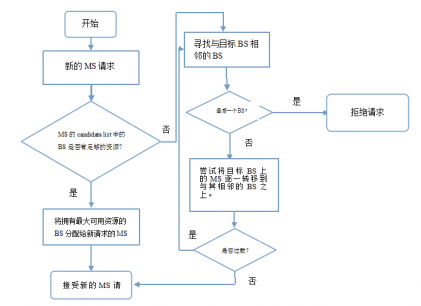
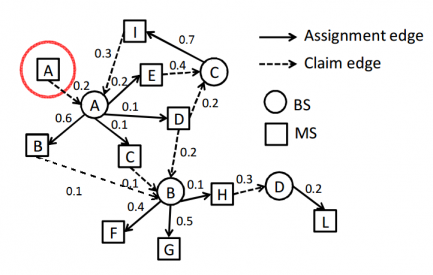
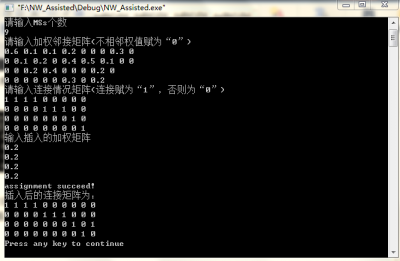
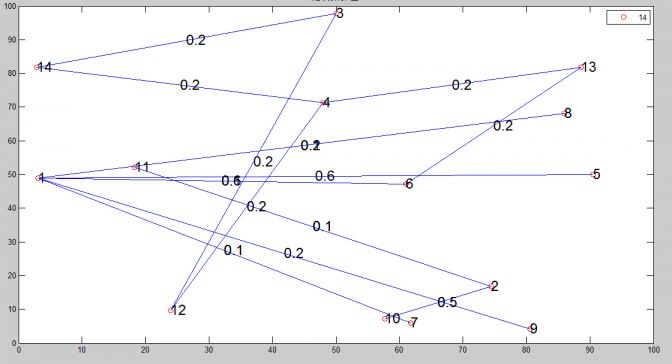
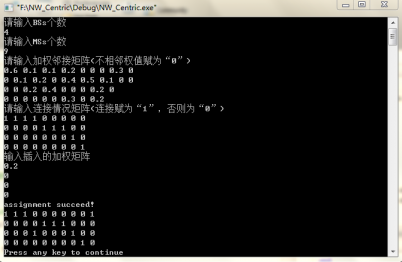
该课题毕业论文、开题报告、外文翻译、程序设计、图纸设计等资料可联系客服协助查找;


